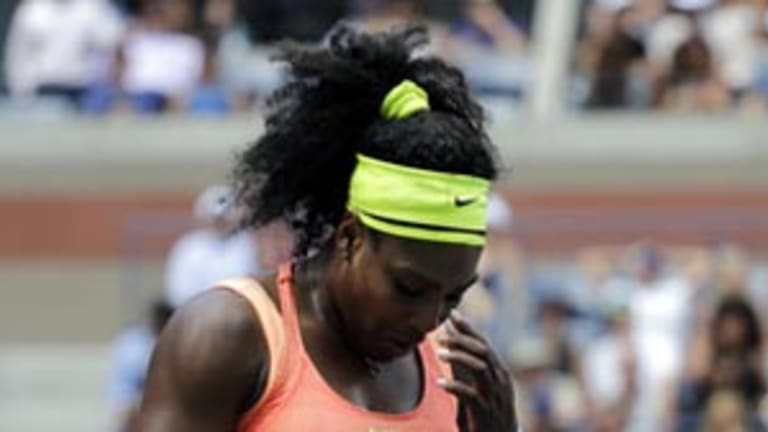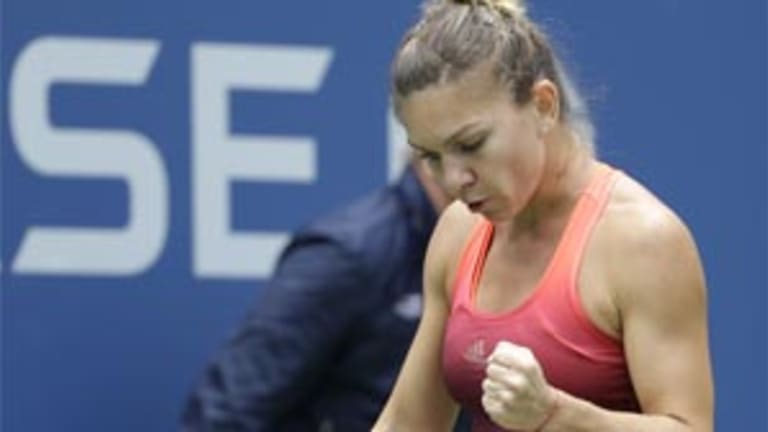The only space in the calendar for these events has been in the already busy fall season, when players are often physically and mentally fatigued. Serena Williams ended her season right after the U.S. Open citing injuries after her emotional upset to Roberta Vinci in the semifinals. Maria Sharapova has been almost entirely missing in action since Wimbledon, while Lucie Safarova was felled by a bacterial infection after the U.S. Open. World No. 2 Simona Halep retired in the first round of Beijing.
“We have to look at the structure and give [players] that opportunity to get calculated rest so, as much as possible, they can finish the end of the year as strongly as they began the year,” Simon told ESPNw. “We have to evolve and continue adjusting in ways that make sense. Our athletes are our product and if they're not on the court, we don't have a product.”
The number of retirements and withdrawals post-U.S. Open are impossible to ignore. In September, events in Korea and Tokyo saw less than two retirements each, but Wuhan stacked up five retirements and one withdrawal. The following week, Beijing had six players retire. Hong Kong was hit with three withdrawals, including top-seeded Garbine Muguruza.
What’s the point of stacking events in the latter part of the season if retirements and withdrawals cut them off at the legs?
Other than the PGA Tour, no other sport, male or female, has a season as long and as concentrated as tennis. Professional hockey is roughly seven months long, while baseball and basketball run for six months. American football, the U.S.’s most popular sport, is even shorter. Not only is tennis’ scheduling more aggressive, but the compensation is often millions less than their major league counterparts.

